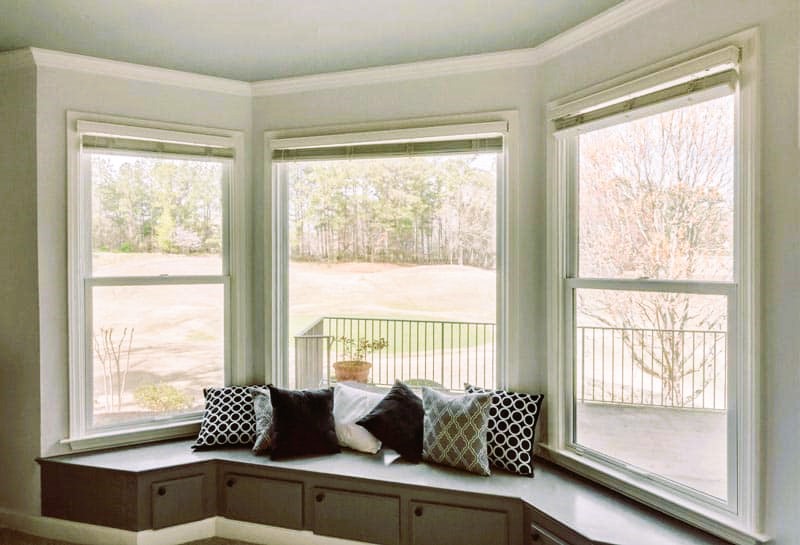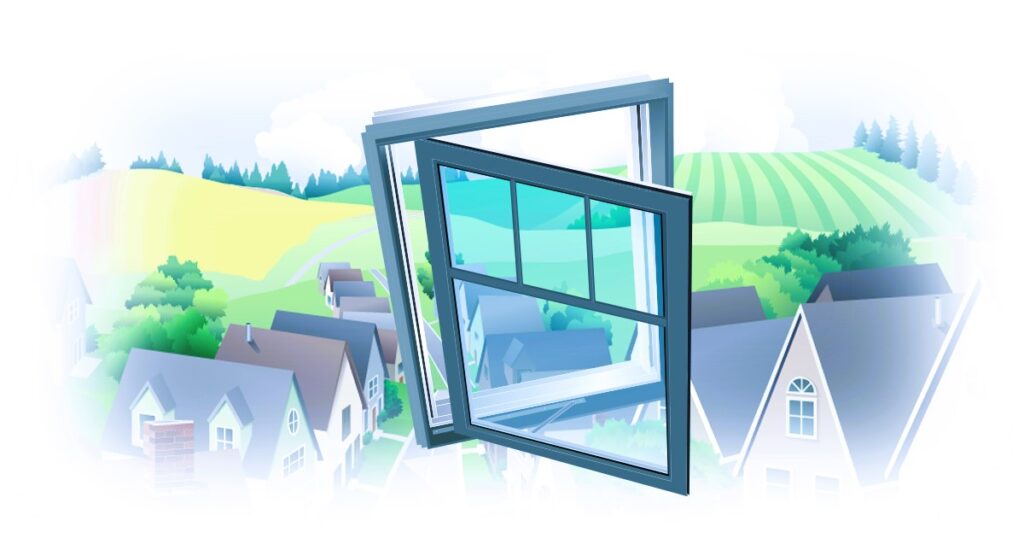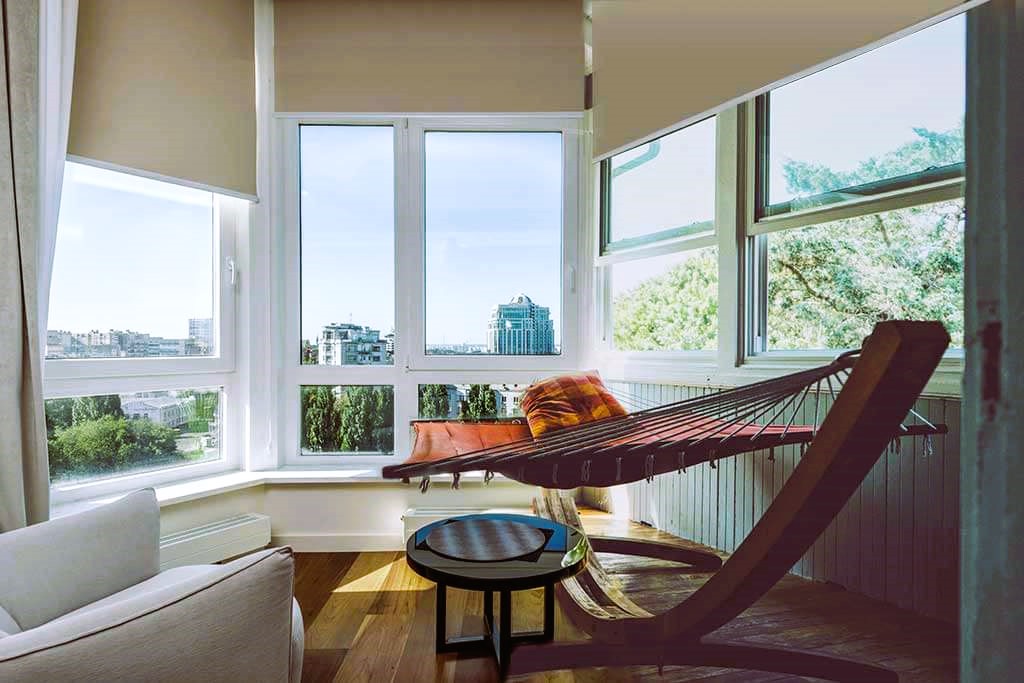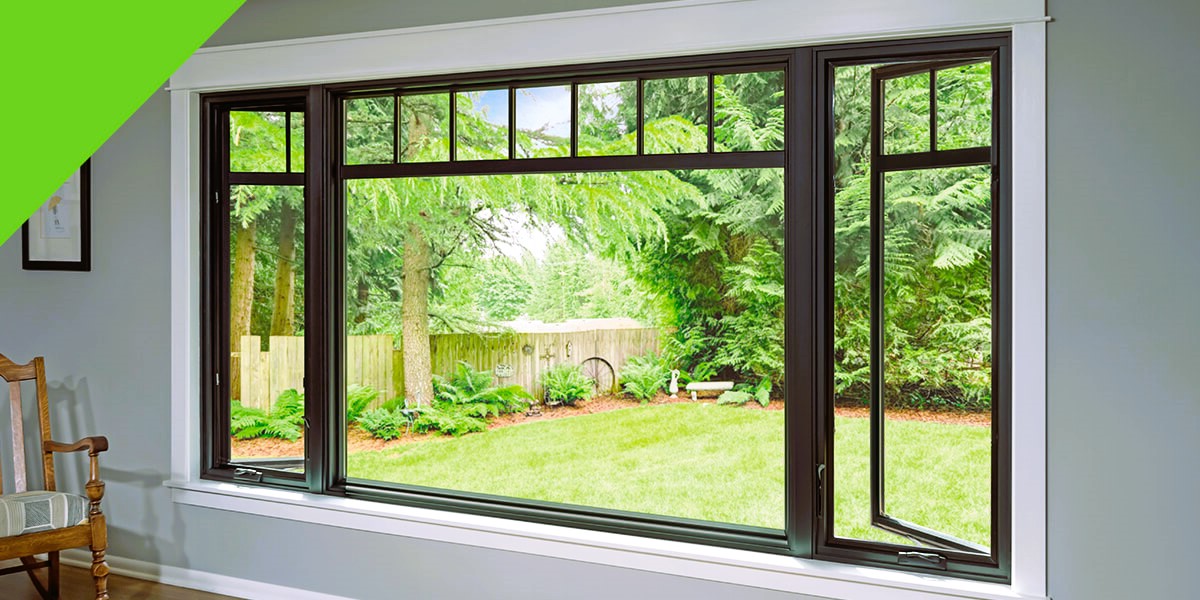Choosing the right windows for your home is a significant decision, as windows not only impact your home’s aesthetics but also play a crucial role in energy efficiency, ventilation, and functionality. Two popular window styles that homeowners often consider are casement and double-hung windows. Each style has its unique features and advantages, and the choice between them depends on your specific needs and preferences. In this comprehensive guide, we will compare casement and double-hung windows, outlining their pros and cons to help you make an informed decision.
Casement Windows
How Casement Windows Work
Casement windows are hinged on one side and open outward like a door. They are operated using a crank mechanism, which allows for easy and precise control of the window’s position. When fully opened, casement windows provide excellent ventilation and unobstructed views.
Advantages of Casement Windows

- Superior Ventilation: Casement windows can open fully, allowing for optimal ventilation and airflow. This feature is particularly beneficial in areas where cross-ventilation is essential.
- Unobstructed Views: When fully opened, casement windows provide unobstructed views of the outdoors, making them an ideal choice if you want to maximize your view.
- Energy Efficiency: Casement windows seal tightly when closed, reducing drafts and improving energy efficiency. They often come with energy-efficient features such as low-E glass and multiple glazing options.
- Contemporary Design: Casement windows have a clean and contemporary appearance that complements modern architectural styles.
- Security: The hook-shaped locks on casement windows are embedded within the frame, making them more difficult for intruders to tamper with.
Disadvantages of Casement Windows
- Limited Aesthetic Compatibility: Casement windows may not suit all architectural styles, particularly traditional or historic homes, where double-hung windows are more common.
- Obstructions: Exterior obstructions, such as trees or bushes, can limit the full opening of casement windows.
- Maintenance: The cranks and hinges of casement windows require periodic maintenance to ensure smooth operation.
Double-Hung Windows
How Double-Hung Windows Work
Double-hung windows consist of two vertically aligned sashes within a single frame. Both sashes can move up and down independently, allowing for versatile ventilation options. Double-hung windows have a timeless and versatile design that can complement various architectural styles. The importance of window care for their durability, read more here.
Advantages of Double-Hung Windows
- Versatile Ventilation: Double-hung windows offer versatile ventilation options. You can open the top sash, the bottom sash, or both simultaneously, allowing you to control airflow effectively.
- Classic Appearance: Double-hung windows have a classic and timeless appearance that suits traditional and modern homes alike.
- Easy Cleaning: Many double-hung windows have a tilt-in design, making them easy to clean from the inside. This feature is particularly convenient for upper-story windows.
- Safety: The ability to open the top sash while keeping the bottom sash closed provides added safety, especially if you have children or pets.
- Aesthetic Compatibility: Double-hung windows are versatile and can complement various architectural styles.
Disadvantages of Double-Hung Windows
- Limited Opening: Double-hung windows may not provide as much ventilation as casement windows, as only a portion of the window can be opened at a time.
- Potential Drafts: Due to the nature of their design, double-hung windows may be more prone to drafts when compared to casement windows.
- Maintenance: Over time, the balance mechanisms that allow the sashes to move may require maintenance or replacement.
Choosing the Right Window for Your Home

The choice between casement and double-hung windows depends on several factors, including:
- Architectural Style: Consider your home’s architectural style and whether casement or double-hung windows are more compatible.
- Ventilation Needs: Evaluate your ventilation requirements. If optimal airflow and unobstructed views are a priority, casement windows may be preferred. For versatile ventilation and a classic appearance, double-hung windows are an excellent choice.
- Energy Efficiency: Review the energy-efficient features of both window styles and select the one that aligns with your energy-saving goals.
- Aesthetics: Determine which window style complements your home’s aesthetics and design.
- Maintenance: Consider your willingness to perform maintenance, as both styles may require periodic upkeep.
Conclusion
Both casement and double-hung windows have their unique advantages and disadvantages, making them suitable for different homeowners and situations. When selecting the right window style for your home, carefully assess your priorities, needs, and the architectural style of your property.
For more information on window styles and their features, visit the Wikipedia page on Windows. Additionally, consult with a professional window installer to assess your home’s requirements and make an informed decision that enhances both the functionality and aesthetics of your living spaces.




